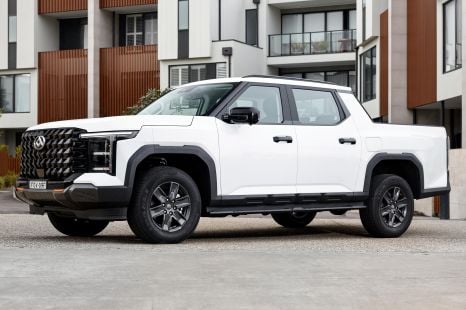

Damion Smy
2025 LDV Terron 9 review
28 Days Ago

Contributor
Toyota has made significant changes to the diesel particulate filter in its powered-up new HiLux, Fortuner, and Prado, amid a class-action lawsuit relating to DPF problems with pre-update models.
“In relation to DPF changes, I can confirm the new facelift model has updates to the engine tune, which will continue to improve the way the DPF operates,” Sean Hanley, Toyota Australia vice president of sales and marketing, today told media.
“I can also outline that those updates are to both software and hardware, in relation to this facelifted model.”
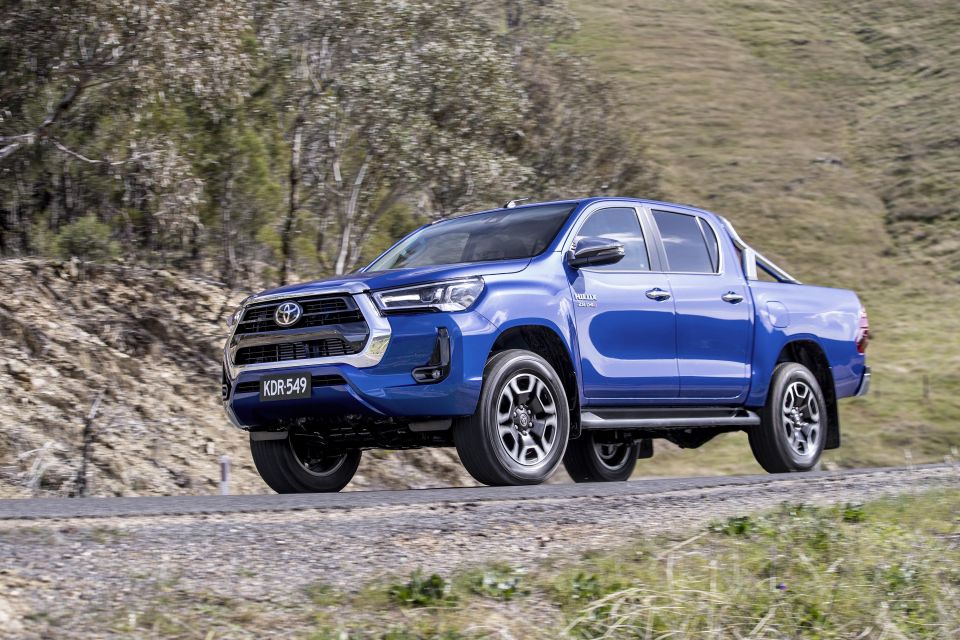
A class-action lawsuit against Toyota was last year filed in Federal Court, claiming the diesel particulate filter fitted to the 2015-18 HiLux, Fortuner, and Prado is defective.
Diesel particulate filters are fitted between a vehicle’s engine and exhaust to catch the nastiest soot and particle emissions before they’re released into the air.
Once the exhaust hits an elevated set temperature the filter’s contents are burned off in a process known as regeneration.
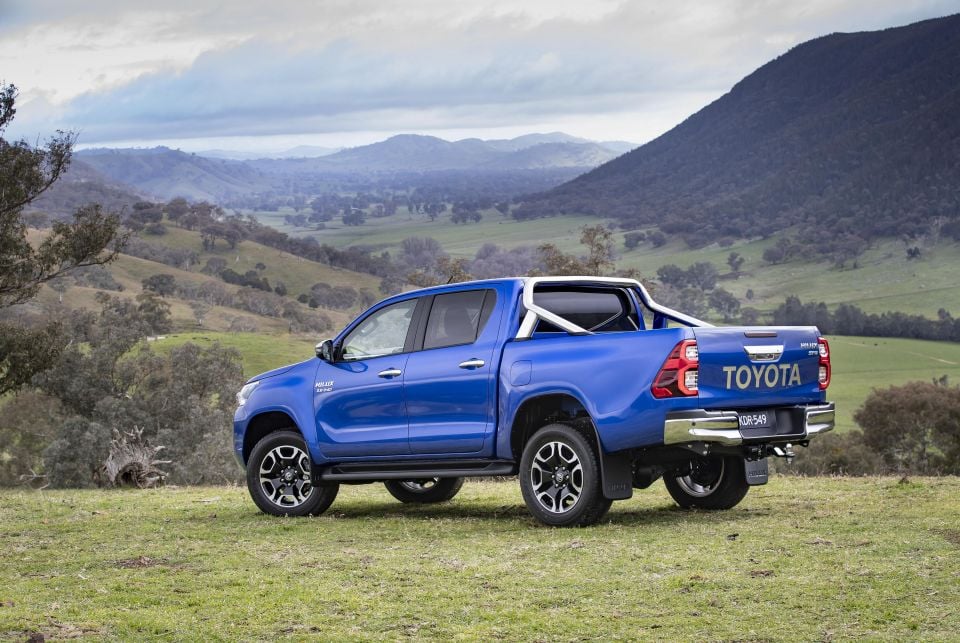
The lawsuit alleges the DPF in affected Toyota vehicles doesn’t regenerate in urban driving, creating a buildup of particulate matter, nasty-smelling emissions from the exhaust, poor fuel economy, and damage to the engine.
“The claim alleges that those representations were misleading because the Affected Vehicles could not, and did not, deliver the advertised combination of durability, reliability, quality, comfort and convenience, and the DPF System in the Affected Vehicles was not durable, reliable and of good quality,” the lawsuit alleges.
“It is said that Toyota Australia has known of issues affecting the DPF System in the Affected Vehicles since February 2016 and, in the circumstances, Toyota Australia’s misleading conduct was also unconscionable.”

Toyota began offering owners a free fix in October 2018, updating the engine software, adding a new mode to the engine, and manually inspecting the DPF for a dangerous particle build-up.
All 2.8-litre HiLux, Prado, and Fortuner models sold since the middle of 2018 have also featured a manual DPF regeneration button.
Mr Hanley didn’t comment on the ongoing class action lawsuit. He pointed to Toyota’s reputation in Australia as a reason for owners to trust the DPF changes made to the latest HiLux.
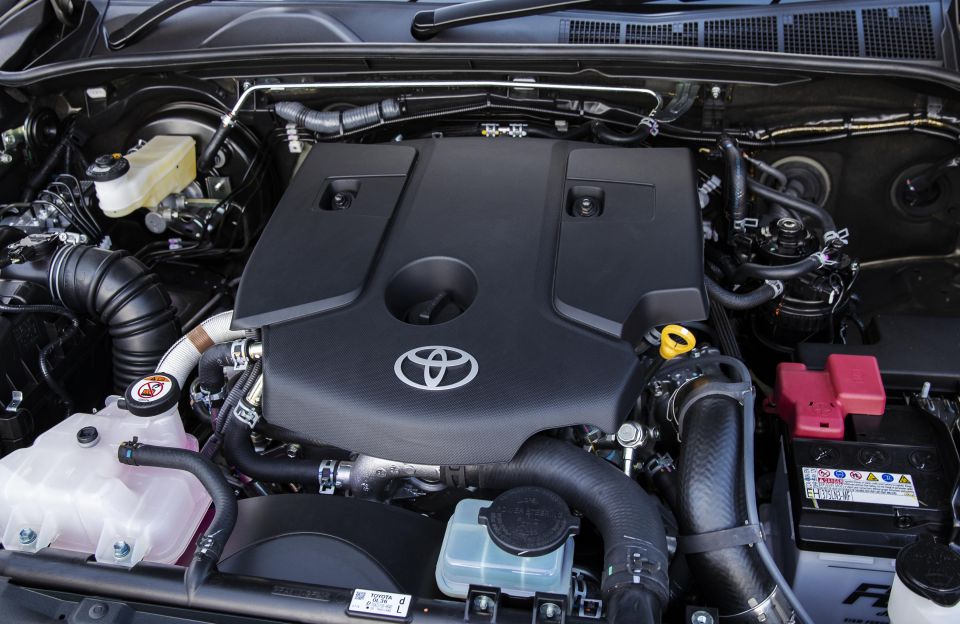
“Toyota has built up an incredible amount of trust with our customers, we are in fact blessed to be the most trusted automotive brand in Australia right now,” he said.
“I would say to customers you can be absolutely sure Toyota will do everything possible to look after you in every sense, whether it’s at the sale of a vehicle or the post-sale of a vehicle.
“If there was ever any concern about our vehicles, please take it back to a Toyota dealership because we will look after our customers.”
The revised DPF is part of a long list of changes for the 2.8-litre turbo-diesel engine in the HiLux.
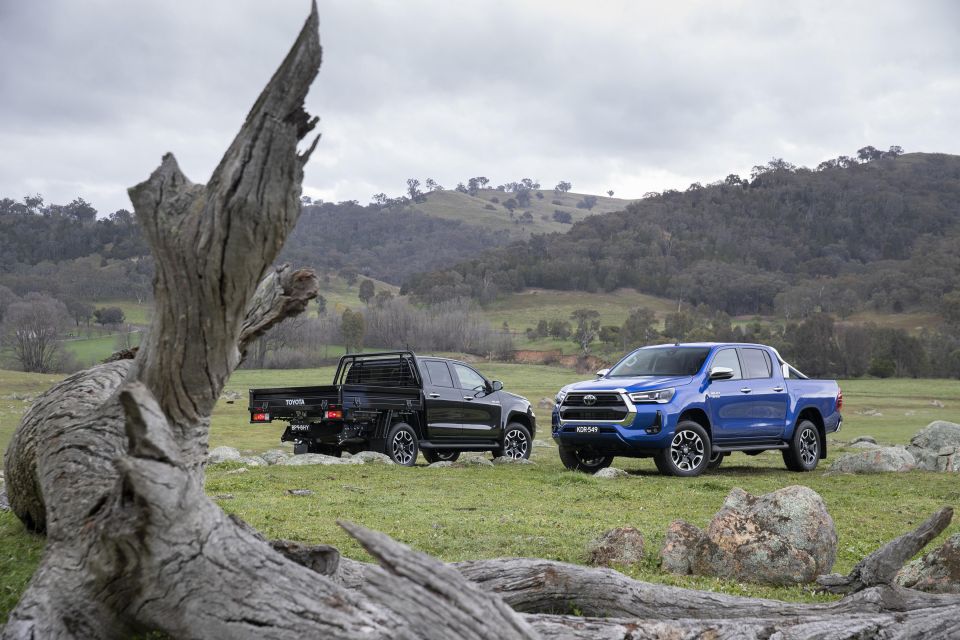
The updated ute has more power (up 20kW to 150kW) and torque (up 50Nm to 500Nm) than the rampantly popular model it replaces, thanks to a raft of updates including a new ball-bearing turbocharger, a new common-rail injection system, and revised cooling hardware.
The six-speed torque converter automatic transmission has also been tweaked to lock up more quickly, for sharper performance off the line and better rolling response at highway speeds.
Toyota’s updated HiLux hits showrooms tomorrow. It faces tougher-than-ever competition from traditional rivals like the Ford Ranger, and from recently redesigned Isuzu and Mazda challengers.
Where expert car reviews meet expert car buying – CarExpert gives you trusted advice, personalised service and real savings on your next new car.
Scott Collie is an automotive journalist based in Melbourne, Australia. Scott studied journalism at RMIT University and, after a lifelong obsession with everything automotive, started covering the car industry shortly afterwards. He has a passion for travel, and is an avid Melbourne Demons supporter.


Damion Smy
28 Days Ago


Josh Nevett
26 Days Ago
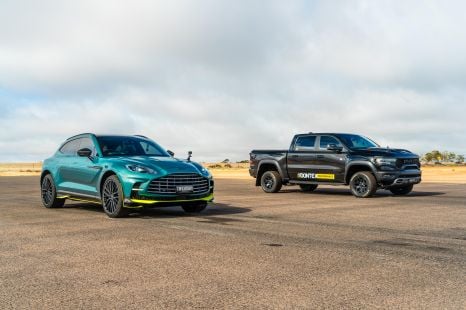

Paul Maric
26 Days Ago
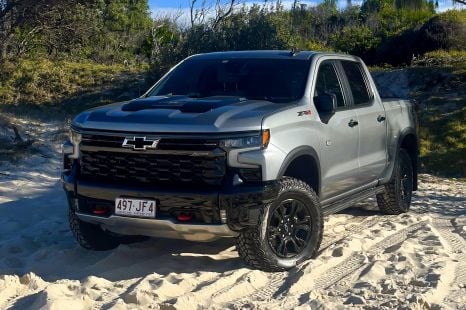

William Stopford
25 Days Ago


Paul Maric
13 Days Ago


Max Davies
7 Days Ago